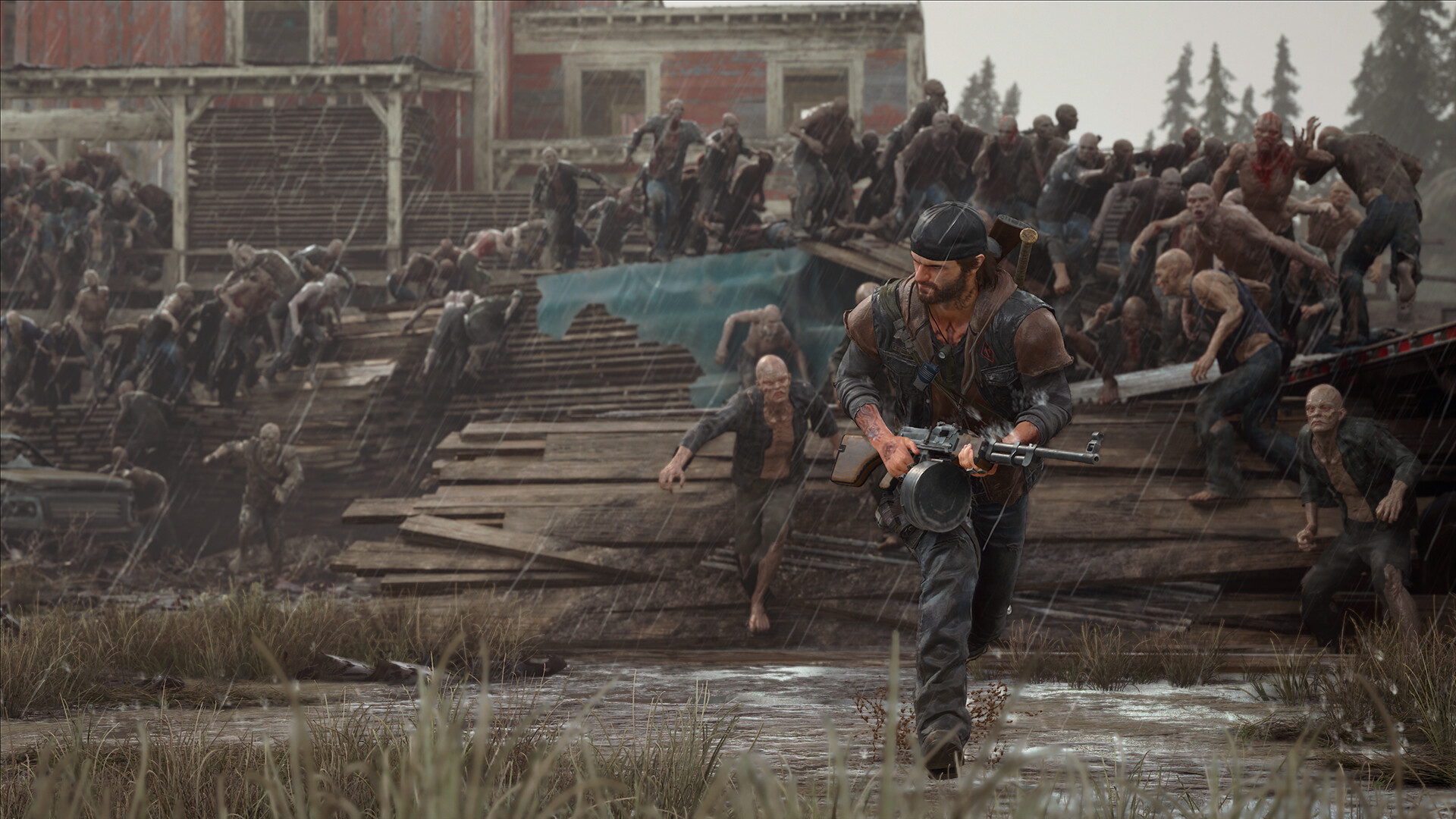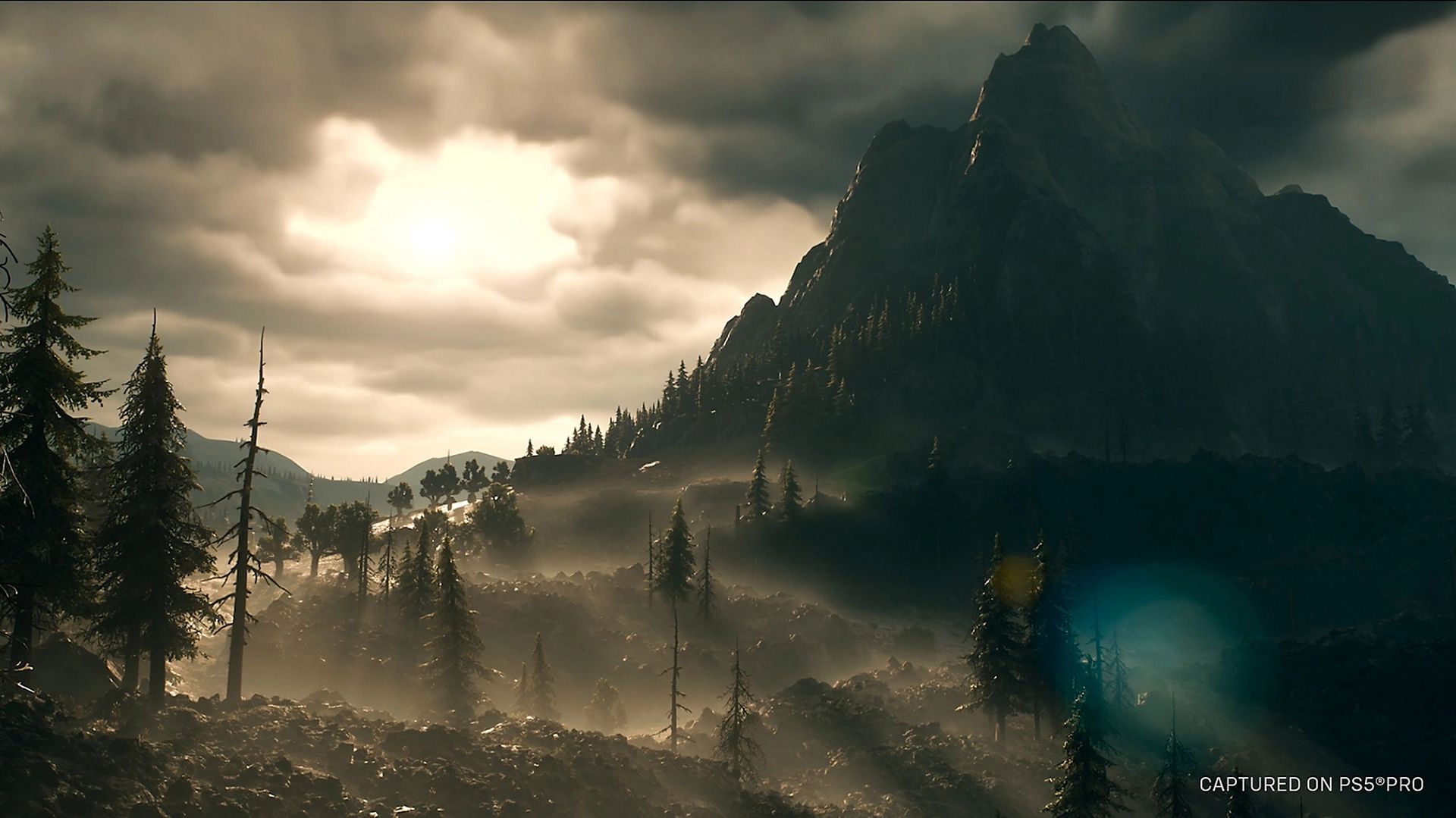Days Gone Remastered Technical Analysis – How Big of An Upgrade Is It?
Sony Bend’s Days Gone is a game that continues to be one of the most divisive ones of the last console generation. While some gamers would swear by it to be one of the best zombie games of recent memory, others would bring up the litany of bugs or poor pacing as the factors that ultimately stopped it from reaching the heights that it could.
Since its release, Days Gone has gone on to gather a sizable fan following and even though a sequel doesn’t seem to be in the cards at this point in time – we do have Days Gone Remastered. Built for the PS5 and PC, Days Gone Remastered aims to provide a souped-up version of the original that can actually leverage the capabilities of current-gen hardware and elevate the playing experience to another level.
Days Gone Vs Days Gone Remastered – What’s New?
It’s mostly a retread of the same upgrades that we saw in the Days Gone PC port, with a few minor tweaks. We will be discussing each of these upgrades in detail, but missing out on Unreal Engine 5 and its visual feature set does seem to be a big missed opportunity for this game. The majority of the remaster’s efforts have gone into introducing new game modes, including but not limited to Speedrun mode alongside support for DualSense haptics or enhanced audio.
Character Models
[embedded content]
The original version of Days Gone employed a great character model system that boasted a high level of detail. The polygon count was quite comparable to most games of the time, right from how the skin meshes were constructed to how the physically based materials were rendered to how the hair was constructed for the characters.
When it comes to the remaster, there isn’t really all that much of a radical difference in how character models are constructed this time around. The polycounts may have slightly increased under the hood, but you can’t really tell the difference in action. The hair physics are the same as before, which does feel a little outdated when compared to current-gen contemporaries.
In a similar vein, the physically based materials have also seen incremental upgrades that wouldn’t be all that noticeable in the heat of things. The clothes that these characters don, like leather jackets or denims, have quite a bit of detailing to them, from the stitching to the prints and different materials are used to bring that to life. It all looks pretty good, especially in cinematics, but do note that there isn’t any major upgrade in the character model department.
Environment

Switching gears over to the environment, Days Gone mostly employed traditional rendering techniques and world streaming measures that was once again comparable to most games of the time. The post-apocalyptic world of the game looked great and didn’t really have many flaws as per se, but nothing really stood out in terms of how it was constructed or achieved, except the outstanding number of enemies in a Freaker horde.
When it comes to Days Gone Remastered, we get to see a mostly similar implementation with a few upgrades under the hood. The asset quality has seen an uptick, and the textures that looked a bit muddy on the original PS4 now look a lot crisper. Textures such as foliage and stones have more geometric complexity, and that gives the world a richer look this time around.
Bend Studio has also made changes to how the sky is rendered. The remastered version makes use of spectral light simulation to produce more accurate sky tones, and that is definitely noticeable when comparing against the original version. In a similar vein, better processing power has enabled the studio to craft a better world streaming system, which in turn gives the game world a more uniform look. Pop-in artifacts are minimal, and the level of detail swapping occurs smoothly without any hiccups.
Lighting, Shadows And Post Processing

When it comes to lighting, Days Gone original rendition had a screen space global illumination system that worked well for its case, but it does look a little dated by modern standards. The PC version introduced software-based ray tracing GI to the mix, and the Remastered version is building upon it. Global illumination looks a lot better in the remastered version as compared to the original, with reflections and light casting being a lot more accurate than before.
Indirect lighting also benefits from an upgraded GI system, and bounce lighting is simulated better than the original. Just observe how the cast shadows and lighting data seem more realistic than before in a side-by-side comparison of the original and Remastered version. Again, it’s not much considering that we already got these upgrades in the recent PC release – but it’s worth noting nevertheless.
The improved lighting system also helps with shadows, which are more detailed than before and cast at longer ranges. Lastly, there’s post-processing, which involves stuff such as motion blur, depth-of-field, and volumetric effects. All of these have also seen incremental upgrades in this release, particularly the smoke which does look pretty good when you are wandering off and fighting Freakers in the forests.
These are all minor upgrades in essence, and they don’t really change the overall visual presentation too much. Days Gone isn’t a particularly old release, and it still looks decent by modern standards, so these minor upgrades aren’t all that bad in the grand scheme of things.
Resolution
Days Gone on the PS4 had an adaptive resolution like most current games of the generation. The original version of the game ran at 1080p on the base model and 4K on the Pro variant, and it made use of temporal anti-aliasing to smooth out the rough edges.
With the Remastered release, Bend Studio has bumped the resolution up to a full-fat native 4K which, combined with the updated visual presentation, does look quite a bit better and crisper than what you get on the base release. And that’s just the PS5 release, so you could even go higher on a PC provided that you have the required specifications to go for that.
Frame Rate And Load Times

When it comes to the frame rate and load times, the increased power on the PS5 has allowed Bend Studio to push the game a bit further. Where the base game would run at just 30fps at 1080p on the base game, the Remastered release runs at upscaled 4K at 30fps or 1440p at 60fps depending on the mode you will select. Internal render resolution is a lot better this time around, and the upscaling is achieved through PSSR, which ensures minimal artifacting, resulting in a crisp image.
The game also held its frame-rate targets pretty well for most of the time, so stability doesn’t seem to be much of an issue in this release. In a similar vein, loading times have also seen plenty of improvements. Loading into the game and fast-travel are quite seamless, taking just a handful of seconds as opposed to the long load times on the base release.
Other Minor Upgrades
Days Gone Remastered also introduces several PS5-centric upgrades to the mix, putting the console’s features to good use. There’s support for DualSense’s enhanced feedback, which adds another layer of interactivity in terms of the moment-to-moment gameplay. In addition to this, there’s also 3D Audio support that should also elevate the playing experience for anyone with a compatible headset.
Conclusion
To conclude, Days Gone Remastered doesn’t offer much in terms of radical changes to the experience. There are a few incremental upgrades to each aspect of the presentation, like we discussed before, but none of them are particularly game-changing in the grand scheme of things.
Days Gone Remastered also comes with new content and quality-of-life improvements which add value to this package, and that’s precisely the reason why one should buy into this remaster. If you have already experienced Days Gone before, you could skip this one without much regret, but if this is the first time you are going into this, Days Gone Remastered could be a great way to go about this.


Comments are closed.